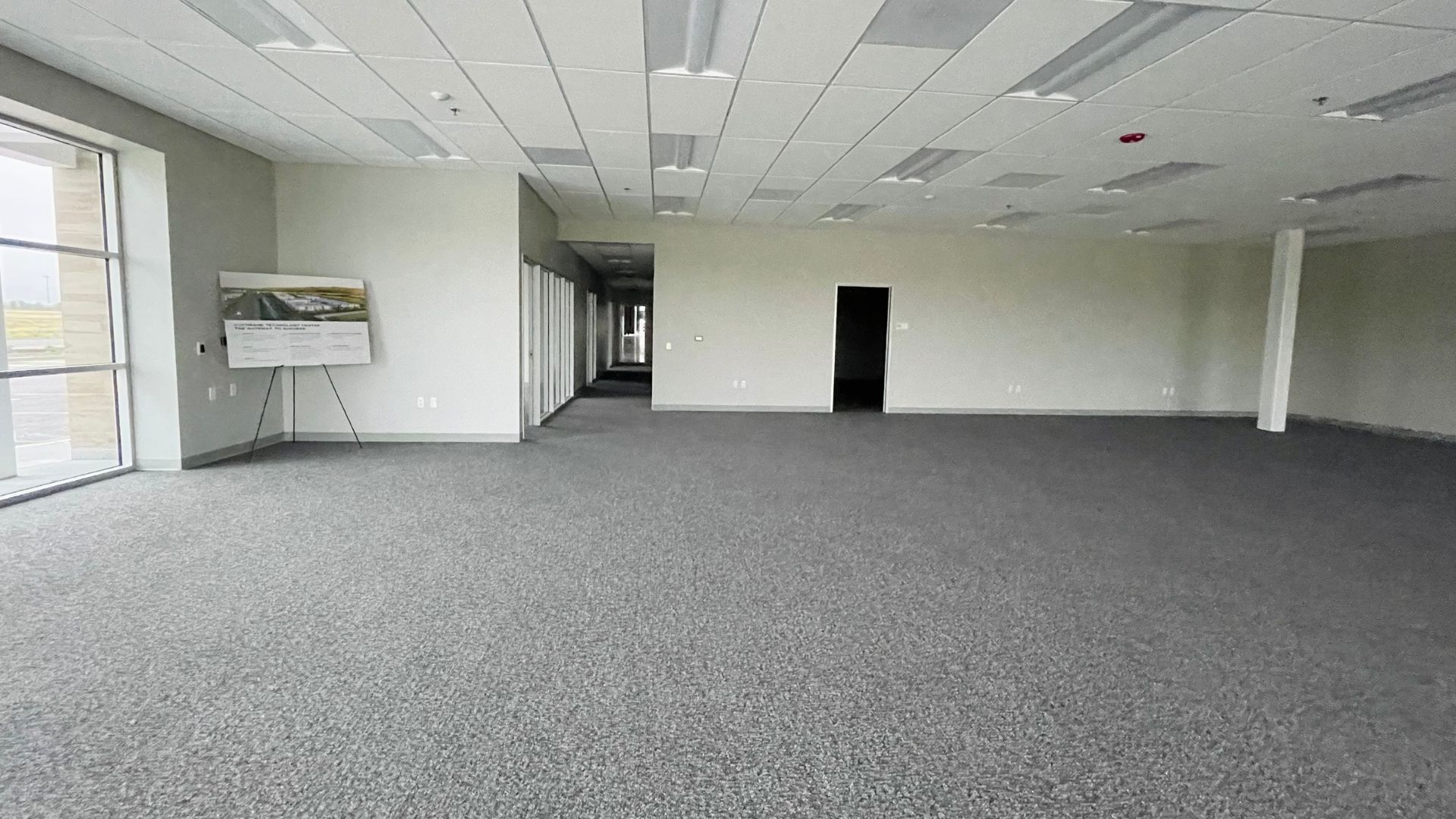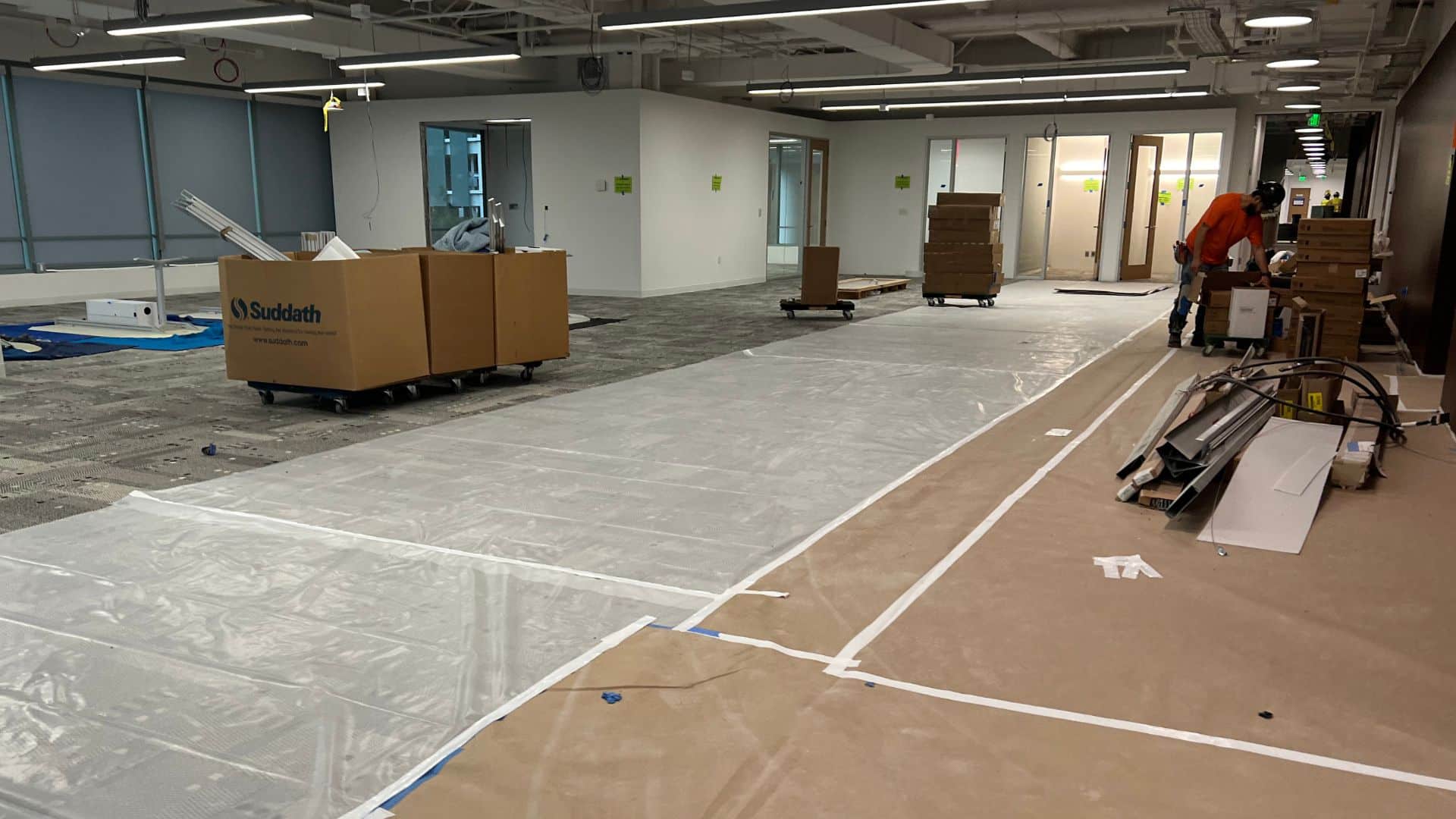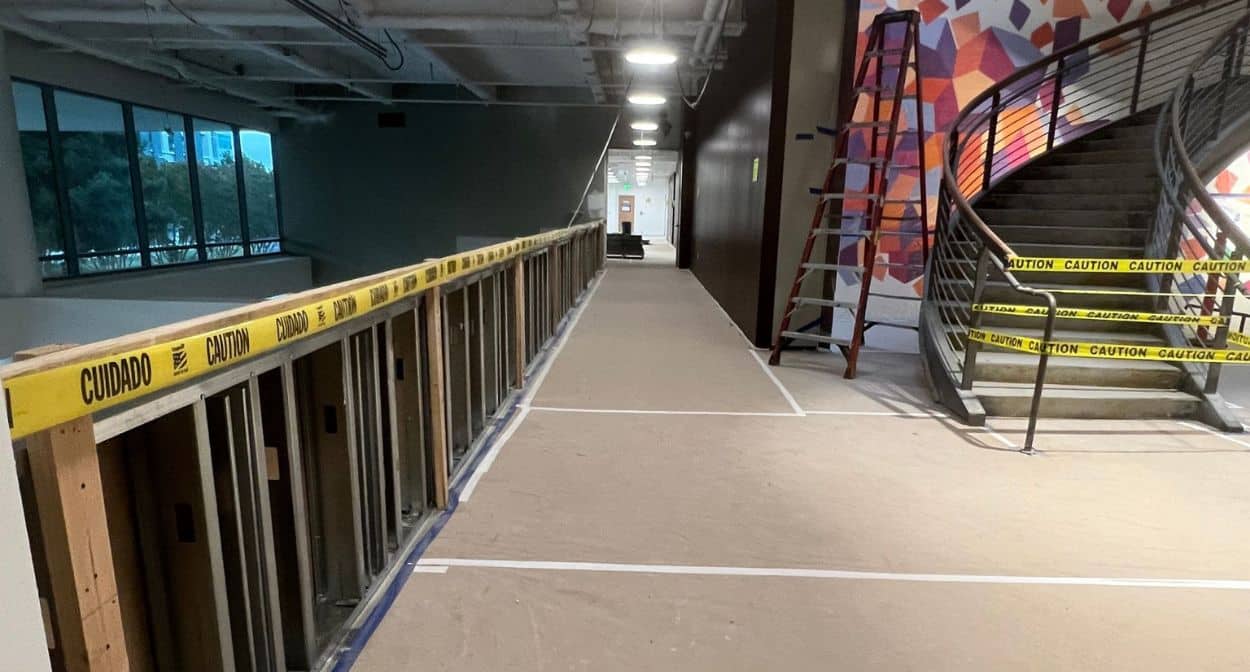To navigate these complex regulations, contractors must familiarize themselves with industry standards and government-mandated guidelines. Agencies such as OSHA, the EPA, and the DOT establish the framework for safe and responsible cleaning practices. From using personal protective equipment (PPE) to properly disposing of hazardous waste, contractors need to implement best practices that align with these regulatory requirements. Additionally, staying updated with evolving laws and industry changes ensures that construction cleaning operations remain compliant and efficient, reducing potential risks and enhancing overall project safety.
Key Regulatory Agencies Governing Construction Cleaning

Several agencies regulate construction site cleaning, each focusing on different aspects of safety, environmental protection, and waste management. Contractors should be familiar with the following organizations:
1. Occupational Safety and Health Administration (OSHA)
OSHA establishes workplace safety standards to protect workers from health hazards, including exposure to hazardous substances, respiratory risks, and improper equipment use. Some of the key OSHA regulations related to construction cleaning include:
- Hazard Communication Standard (29 CFR 1910.1200) – Requires contractors to inform workers about hazardous chemicals through Safety Data Sheets (SDS) and proper labeling.
- Respiratory Protection (29 CFR 1910.134) – Mandates the use of personal protective equipment (PPE) such as masks and respirators when handling dust, mold, or asbestos.
- Fall Protection (29 CFR 1926.501) – Ensures that workers cleaning at heights have appropriate fall protection gear.
2. Environmental Protection Agency (EPA)
The EPA oversees environmental regulations that impact construction cleaning, particularly regarding waste disposal and water pollution. Key compliance areas include:
- Resource Conservation and Recovery Act (RCRA) – Governs the disposal of hazardous waste, including paint, solvents, and chemical cleaners.
- Clean Water Act (CWA) – Prohibits the release of pollutants into water sources, requiring contractors to manage runoff from pressure washing and cleaning activities properly.
- Lead Renovation, Repair, and Painting (RRP) Rule – Requires certification for handling lead-based materials during post-construction cleaning.
3. Department of Transportation (DOT)
If hazardous waste needs to be transported off-site, DOT regulations apply. Contractors must ensure:
- Proper labeling and documentation of hazardous materials.
- Compliance with hazardous waste transport laws, including the use of authorized disposal facilities.
Best Practices for Regulatory Compliance in Construction Cleaning

Ensuring compliance with regulatory standards requires adopting best practices in safety, waste management, and environmental responsibility. Below are key steps contractors should implement:
1. Develop a Compliance Checklist
A compliance checklist ensures that all regulatory requirements are met before, during, and after construction cleaning. Key items to include are:
- PPE requirements for workers.
- Proper handling and disposal of hazardous materials.
- Documentation and record-keeping for inspections.
2. Train Workers on Safety and Compliance
Regular training sessions keep employees informed about regulatory changes and proper cleaning procedures. Topics should cover:
- Recognizing hazardous materials.
- Safe operation of cleaning equipment.
- Emergency response protocols.
3. Implement Waste Management and Disposal Plans
Proper waste disposal is critical for compliance and environmental responsibility. Contractors should:
- Separate and label hazardous and non-hazardous waste.
- Use approved waste disposal sites.
- Maintain waste disposal records for auditing purposes.
4. Use Eco-Friendly Cleaning Solutions
To minimize environmental impact and meet EPA guidelines, consider:
- Using biodegradable and non-toxic cleaning agents.
- Employing dust suppression techniques to prevent air pollution.
- Recycling materials whenever possible.
5. Conduct Regular Inspections and Audits
Routine inspections help identify compliance issues before they become violations. Contractors should:
- Schedule regular safety audits.
- Document findings and corrective actions taken.
- Stay updated with regulatory changes and adjust practices accordingly.
Consequences of Non-Compliance

- Fines and Penalties – OSHA and EPA can impose hefty fines for non-compliance.
- Legal Liability – Violations can lead to lawsuits and liability claims.
- Project Delays – Non-compliance can halt construction projects until corrective actions are taken.
Reputation Damage – Companies with a history of violations may lose business and credibility.
Conclusion
Navigating regulatory compliance in construction cleaning is essential for maintaining safety, environmental responsibility, and legal integrity. By adhering to OSHA, EPA, and DOT regulations, implementing best practices, and staying informed about regulatory updates, contractors can ensure smooth operations while avoiding penalties. Investing in compliance measures not only protects workers and the environment but also enhances the credibility and success of a construction cleaning business.
Moreover, establishing a culture of compliance within an organization fosters long-term success. Contractors who prioritize regulatory adherence demonstrate professionalism and commitment to quality service, gaining a competitive edge in the industry. By integrating compliance into daily operations, companies can improve efficiency, reduce risks, and build a strong reputation that attracts more clients and business opportunities.

